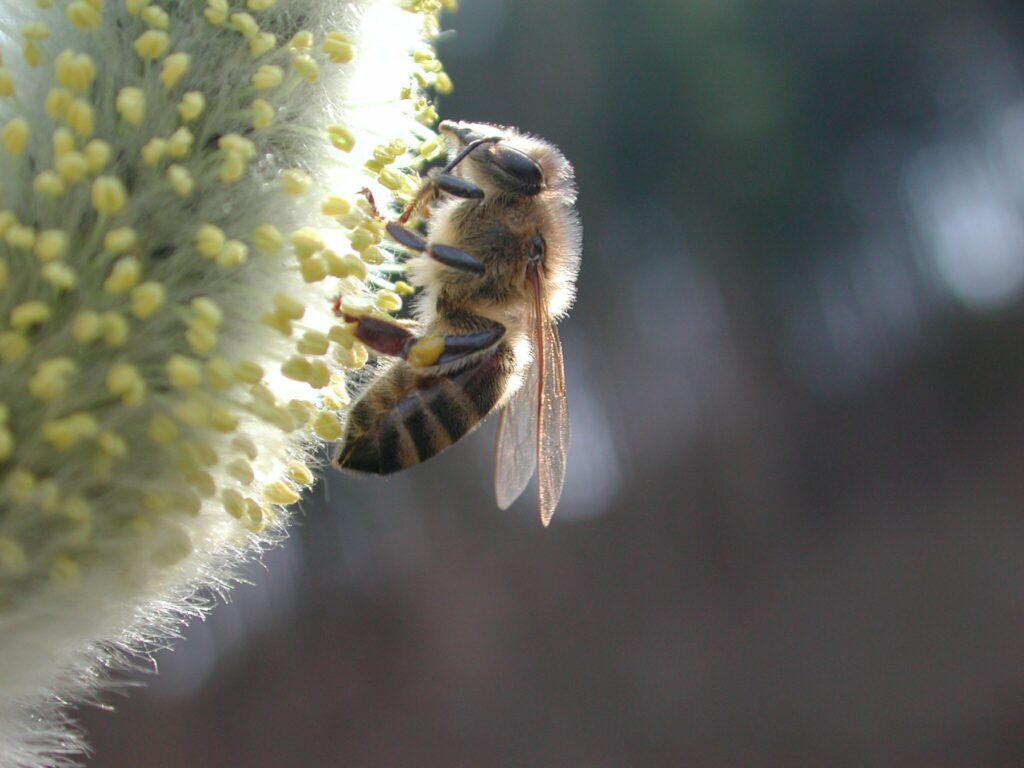
Malátová D., Kamler M. Vyšetření mikrosporidií Nosema spp. v dělnicích včely medonosné (Apis mellifera). Examination of microsporidia Nosema spp. in workers of honey bees (Apis mellifera). Veterinářství 2023;73(10):576-579.
SOUHRN
Nosemóza (též nosematóza) je celosvětově rozšířené onemocnění včel medonosných Apis mellifera, jehož původci jsou dva druhy rodu Nosema, Nosema apis (hmyzomorka včelí) a Nosema ceranae (hmyzomorka východní). Působení těchto patogenů může ohrozit život včelstev. Cílem práce bylo praktické vyhodnocení metodiky vzorkování a vyšetření včely medonosné na přítomnost původce nosemózy včel. Celkem bylo vyšetřeno 207 včelstev. Z každého včelstva byly odebrány dva typy vzorků: zimní mrtvolky ze dna úlu a živé dělnice z okrajových plástů, vždy po 30 jedincích. Výsledky mikroskopického vyšetření těchto dvou typů vzorků se poté vzájemně porovnávaly. Výsledky ukazují, že volba typu vzorku je důležitým faktorem, který ovlivňuje výsledek vyšetření včelstev na přítomnost původce nosemózy. Vyšší pozitivita byla zjištěna při vyšetření zimních mrtvolek. Tento údaj je vhodné používat meziročně jako míru invadovanosti stanoviště. Tento výsledek ale neposkytuje příliš přesný obraz o úrovni infekce přeživších včel ve včelstvu a predikci jarního rozvoje. Pro tento účel lze doporučit vyšetření vzorku živých včel.
SUMMARY
Nosemosis is a worldwide spread disease of honey bees Apis mellifera, which causal agents are two species of the genus Nosema, Nosema apis, and Nosema ceranae. The effect of these pathogens can threaten the life of bee colonies. The aim of presented study was practical evaluation of the methodology of sampling and examination of honey bees for the presence of the causal agent of bee nosemosis. A total of 207 bee colonies were examined. Two types of samples were collected from each bee colony: winter corpses from the bottom of the hive and live workers from the edge combs, 30 individuals each. The results of the microscopic examination of these two types of samples were then compared with each other. The results prove that the choice of the sample type is an important factor that influence the result of bee colony examination for the presence of nosemosis causal agent. A higher positivity was found during the examination of winter corpses. This data is suitable to be used annually as a measure of habitat invasion. But this result does not provide a very accurate picture of the level of infection of the surviving bees in the colony and the prediction of spring development. For this purpose, examination of a sample of live bees can be recommended.*